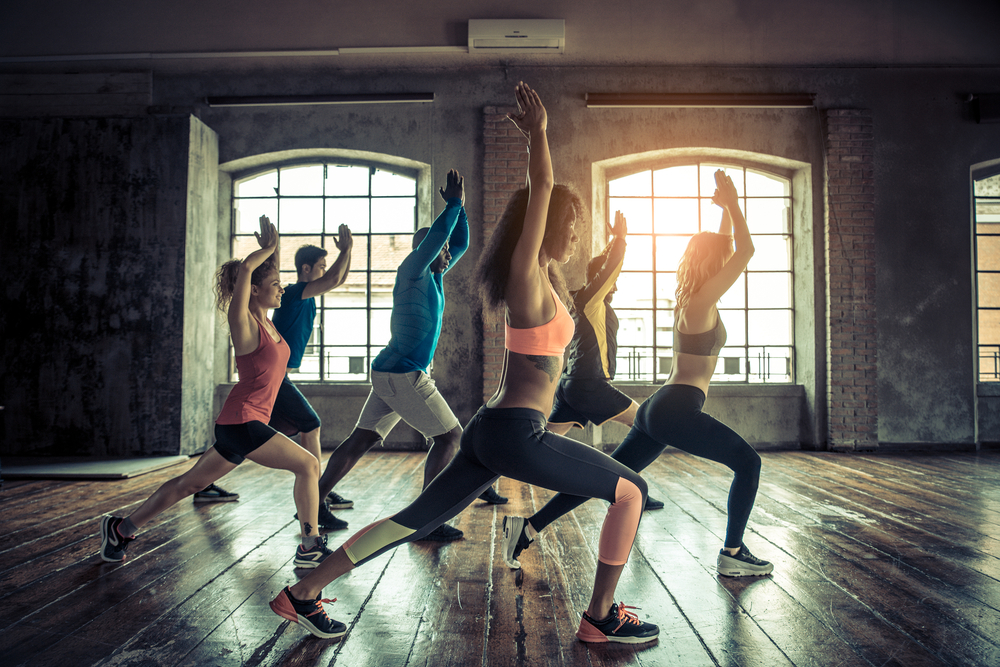Recent studies show that more than two thirds (68%) of Brits who don’t currently exercise say they feel ‘too embarrassed to go to the gym’ because they don’t think they fit the notion of a ‘typical’ exerciser.
With this in mind, Live Football Tickets carried out research into the exercises that confuse Brits the most, with an aim to advise on how to execute these and boost their confidence when it comes to working out.
By partnering with Health Coach Jodi Montlake and Dr. Hana Patel, NHS GP and GP Medico-Legal Expert Witness, expert insight has been provided into the do’s and don’ts of these exercises.
The exercises that are confusing Brits the most in 2024
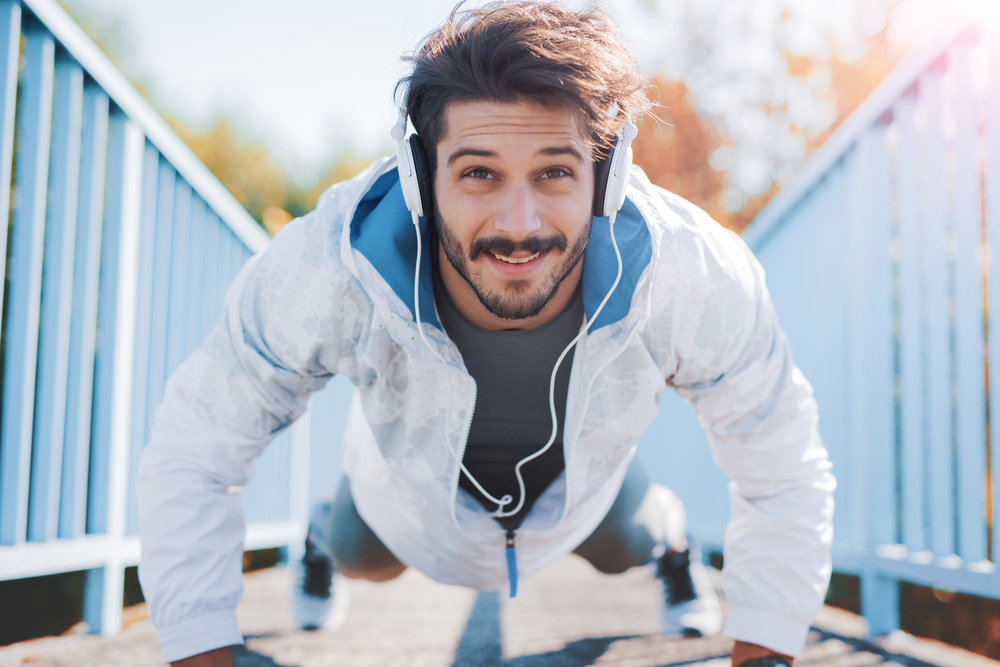
1. How to plank: 2,900* searches on Google in the past month
The plank is a well known exercise that is a test of endurance for your core, but many make mistakes when it comes to the form and execution. Despite seeming straightforward, nearly 3,000 Brits have searched for help on this in the past month.
Health Coach and Personal Trainer Jodi Montlake comments: “Your body should be as solid and flat as a well-behaved plank. But instead, we’ve got groups of people trembling, all because they’re in some silent competition with their class buddies to see who can hold it the longest. And in the chaos, basic principles like engaging the core and keeping that back strong just fly out the window.
“There’s no shame in reducing the intensity a notch and dropping your knees to the ground while planking. And if you’re dead set on starting off in full Plank with your knees off the floor but then find yourself struggling, there’s no harm in gracefully lowering those knees mid-plank (no-one is going to notice)! You’ll progress with firmer abs and a mighty strong back.”
2. How to deadlift: 4,400*
The deadlift is a weight training exercise that involves a barbell or loaded bar that is lifted off the ground to hip level with the torso perpendicular to the floor, after which the weight bar is placed back on to the ground. This may sound simple, but over 4,000 Brits have looked for advice on this in the last month, and it can come with many difficulties if executed incorrectly.
Montlake states: “Form is mostly the issue here, and it all kicks off the moment you reach for those heavier weights, hoping your muscles will rise to the challenge. Many struggle to grasp the true essence of hinging forward from the waist – unless, of course, it’s demonstrated effectively or they can tangibly feel and see the correct movement themselves. A mirror can be helpful initially to assist with this, but try practising the movement without holding the weights to ensure it’s done right.
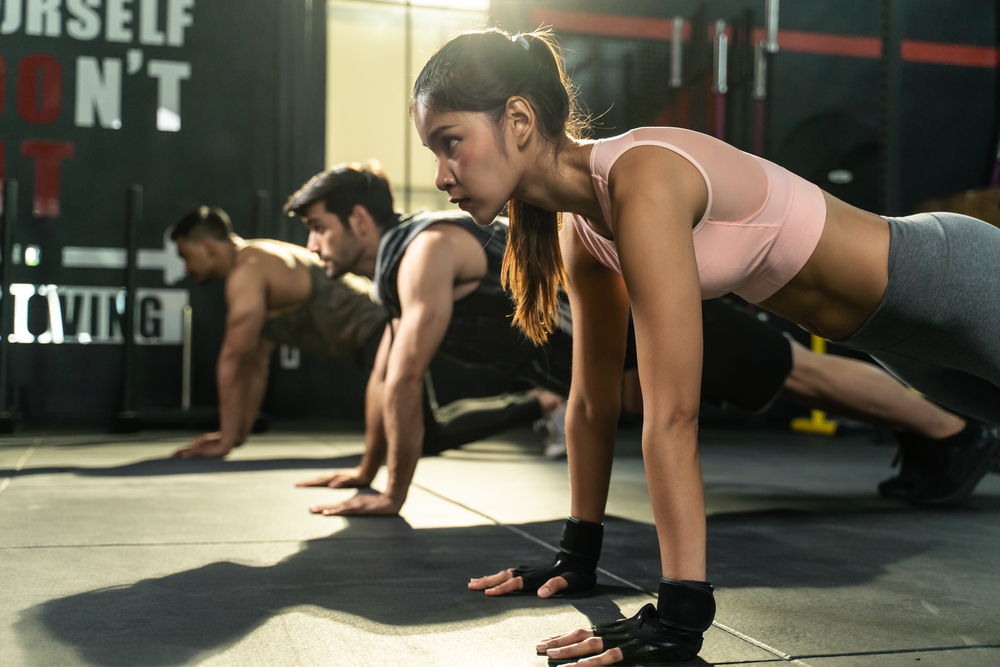
“And let’s not forget the importance of those feet! They’re the unsung heroes of the Deadlift, requiring a firm planting on the ground as you maintain a neutral spine throughout the exercise.”
3. How to do lateral raises: 1,000*
Lateral raises can help you define your upper arms and shoulders. However, in order to reap the results, your form and execution needs to be safe and correct.
It is important that you find the right weight for you, as this exercise is all about toning your muscles, rather than just lifting heavy weights. Once you have found an appropriate weight, stand with a dumbbell in each hand, and legs shoulder width apart. Ensure your back is straight, and that your chest is out and open, with a very slight bend in your elbows. Make sure that your palms are facing your body, and tighten your abs and core muscles.
Jodi Montlake advises: “Any physical activity that involves standing on your feet can be considered “footwork,” and it’s important to pay attention to your feet even when the primary focus is on exercising other parts of your body.
“Unfortunately, many people overlook the importance of wearing the right footwear. The materials used in some trainers can dull the sensation of the foot muscles working and disconnect the wearer from the ground. It’s not uncommon to see individuals unconsciously lifting their toes. However, this habit throws off their balance, putting undue strain on one side of the body and potentially leading to back pain. When it comes to standing exercises, once you’ve ensured you’re wearing appropriate footwear, ensure your feet are firmly grounded, then extend your focus to engage your core muscles and align your hips and shoulders forward.”
4. How to do Russian twists: 1,000*
Russian twists can be harder than they look. Many people often engage the wrong area, instead of engaging their core, they engage their lower back, which can cause pain, injury, and inadequate results. Others tend to twist too quickly, which ultimately reduces the impact of the exercise. Instead of rushing through, you should aim to take your time and engage your core appropriately. It is important to remember that your arms should be supporting the weight, but your torso and core should be doing the work.
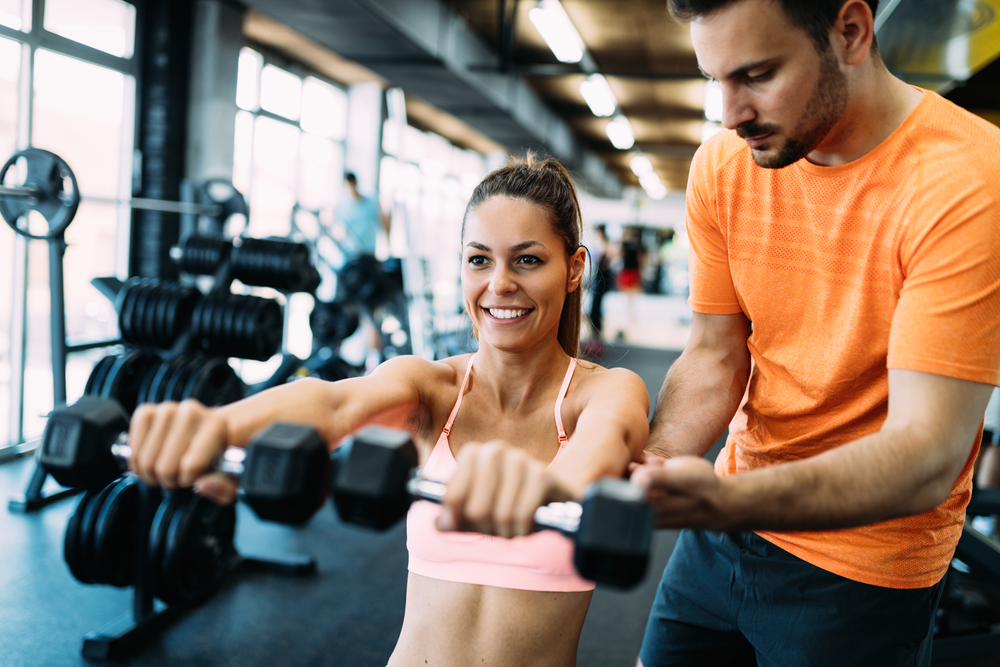
Dr. Hana Patel comments: “Back pain experienced with Russian twists is most often the result of facet joint irritation in the lower spine or in the sacroiliac (SI) joint just below the spine, this could take several days or weeks to heal, so be sure to take care with form when doing this exercise”
5. How to do Push-ups: 1,900*
Push-ups are a great way to strengthen your upper body, however, many people make some key errors when it comes to this exercise. Firstly, your hands should not be too far forward, as this can cause injury or unwanted strain to muscles. Instead, they should be directly below your shoulders during this exercise. Sticking out your elbows too far to the sides is a common error, which can result in strains to the wrists and shoulders. Instead, position and angle your elbows toward your hip bones.
Dr. Hana Patel states: “Common causes of push-up injuries are poor form and technique. Performing push-ups with improper form can put excessive strain on the joints and muscles. Additionally, overtraining can have negative impacts. Doing too many push-ups without allowing sufficient rest and recovery can be a cause of muscle injury and pain.”
Dr. Hana Patel, NHS GP and GP Medico-Legal Expert Witness provides expert commentary on tips for exercising correctly, as well as advice on how to get into exercise as a beginner:
“Regular exercise has many benefits for your body. However, exercise does come with risks. Most people only experience minor sports-related injuries such as strained muscles. A few will experience more serious injuries such as torn cartilages or even broken bones.
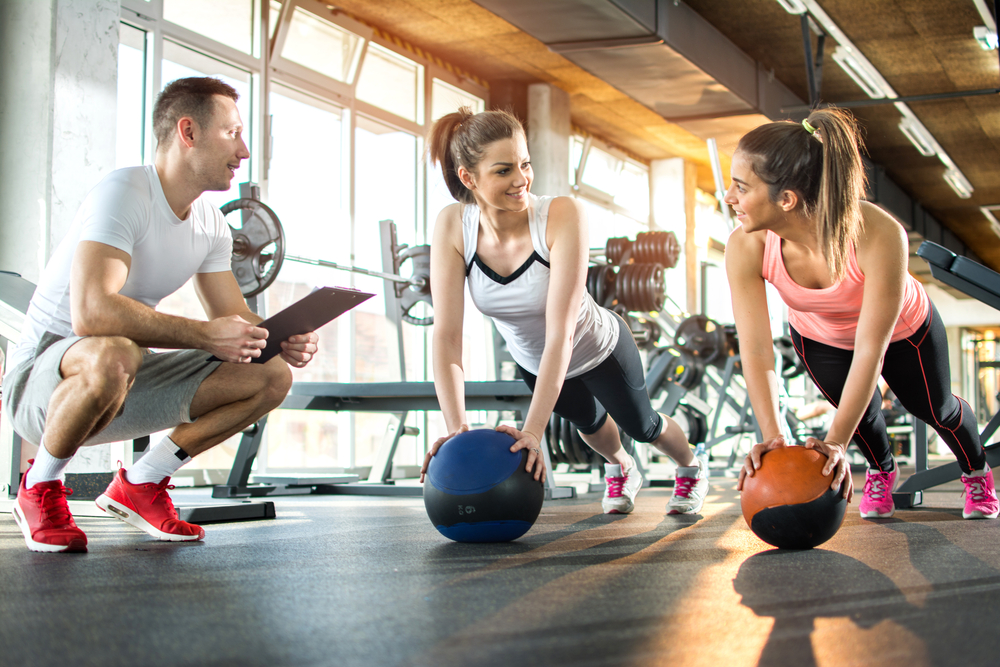
“General advice on self-care strategies when doing exercise or sport that I advise patients in the NHS is to warm up before exercising, by doing aerobic activity at an easy pace to gently increase the heart rate and get the body and muscles ready for more intense activity. Cool down after exercising, by gradually decreasing the exercise intensity level until breathing and heart rate have returned to normal, then doing gentle stretches whilst the muscles are still warm.
“Use proper equipment and wear appropriate shoes (and make sure to replace shoes as they wear out). Develop a balanced fitness programme that incorporates cardiovascular exercise, strength training, and flexibility. Add new activities and exercises cautiously, and be sure to avoid exercising or playing sports when tired or in pain.
“Finding the motivation to exercise can be difficult. It can be especially hard if you have a health condition, or if you are worried about falling or injuring yourself, but keeping active can improve your quality of life and help you to stay independent. Setting small realistic goals, and using a progress tracker can help you get started on your exercise journey. It can also help to get support from family or friends, healthcare professionals like your GP, physiotherapist or local gym instructors. Alternatively, joining a community exercise class to get support and encouragement from others can help build confidence.”
From Wellness to Wanderlust: How Pets Contribute to a Richer Lifestyle

